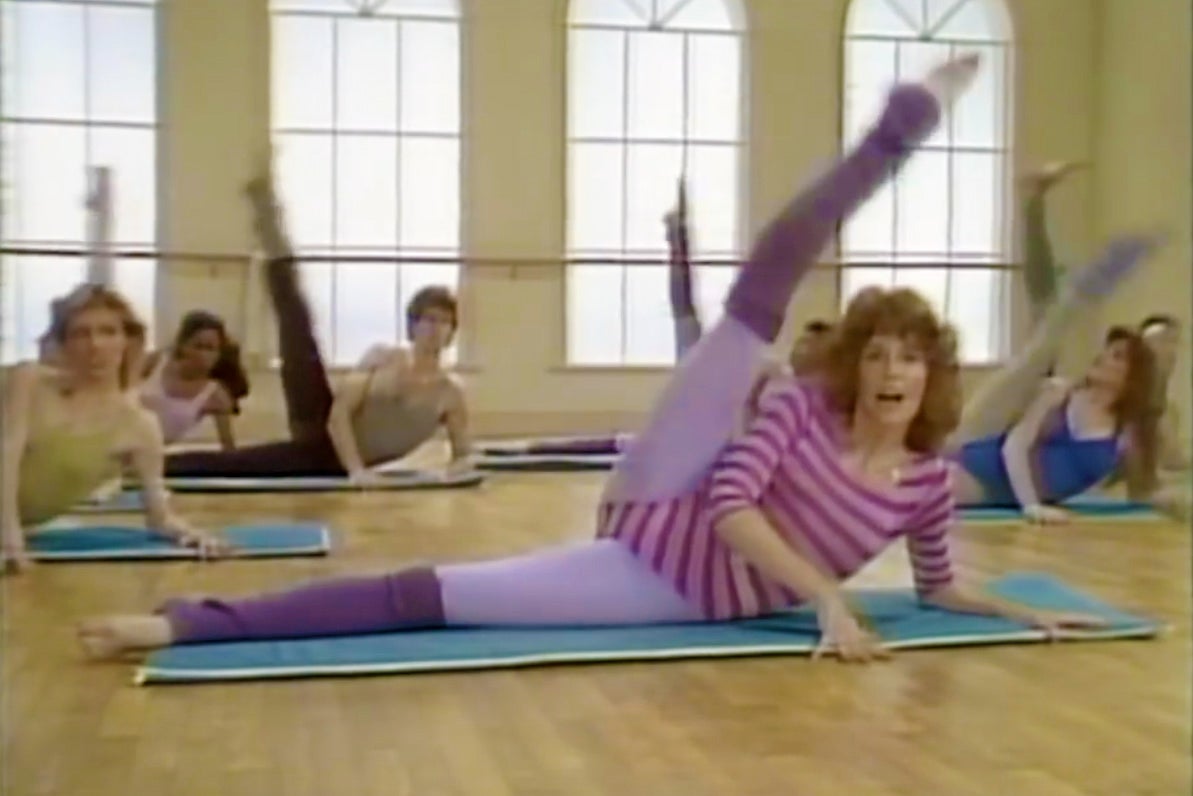The modern fitness industry is a massive success story, valued at nearly $100 billion globally. And while we might sometimes forget it, every last exercise-focused YouTube channel and at-home Peloton rider owes a debt to Jane Fonda’s revolutionary aerobic videos. As cultural historian Melanie Woitas explains in “Exercise Teaches You the Pleasure of Discipline” – The Female Body in Jane Fonda’s Aerobics Videos, the Oscar-winning actress “changed the way of exercising substantially” when she published her first workout video in 1982.
According to Woitas, there had never been an aerobics video before Fonda came around. That first fitness tape was “in many ways a novelty,” Woitas writes. When it was published, she adds, “it was not even clear whether there would ever be a market for exercise videos.” Just a decade after Title IX passed, making sex discrimination illegal, the gym was still seen as the man’s domain. But if women weren’t going to the gym, Fonda realized that she could bring the workout home to them.
Importantly, her videos were practical: They included warm-ups and cool-downs. They targeted specific muscle groups. They could also be played on command, meaning users could pop them into their VCR players and fast-forward or rewind the programs at their leisure. “Many athletes thought the videos as a step towards a self-determined training and the sales figures of Fonda and others suggest that it was the right time to introduce this certain way of working out,” Woitas writes.
But while Fonda verbally made a point to prioritize health and fitness over appearance in her videos, she and others who entered the aerobics space stopped short of physically representing different bodies types on screen. Fonda looked the vision of a Hollywood starlet, lithe and athletic. The leg warmer-wearing women she featured in her videos echoed her build and, more often than not, her skin color.
Fonda, who reportedly struggled with bulimia and poor body image for decades, “had the opportunity to establish an inclusive body image by presenting different types of bodies,” as Woitas writes, but failed to do so. And ultimately, Woitas argues, it was the bodies of the women who were featured in the workouts that became “the arguments that sold the videos.”
Weekly Newsletter
Sell they did; more than 17 million copies of the star’s workouts have been purchased to date.
“In the 1980s, only a few could make themselves heard, to inquire whether a single body ideal is at all reasonable,” Woitas writes. “Unfortunately, it was not the people who were in such an exposed situation as Jane Fonda, who could have changed something for the better.”







